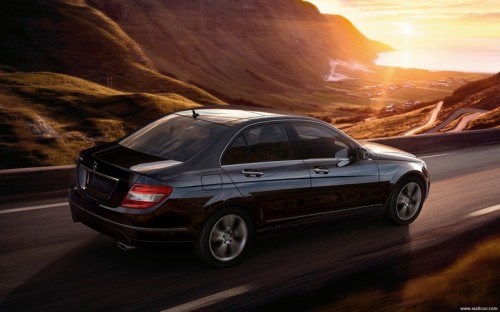 The so-called "immortal vehicle" is able to drive automatically and avoid crashes. This super-secure computerized car will install high-tech sensors and will automatically "reject" steering to other objects. It is understood that Volvo has conducted extensive tests on the public roads in Spain and on the test track of Volvo in western Sweden, and travel distances of several thousand kilometers. Volvo hopes to launch a 31-mile-a-hour, safe collision-free car in 2014 to face congested urban traffic and launch a faster, zero-accident car by 2020.
The so-called "immortal vehicle" is able to drive automatically and avoid crashes. This super-secure computerized car will install high-tech sensors and will automatically "reject" steering to other objects. It is understood that Volvo has conducted extensive tests on the public roads in Spain and on the test track of Volvo in western Sweden, and travel distances of several thousand kilometers. Volvo hopes to launch a 31-mile-a-hour, safe collision-free car in 2014 to face congested urban traffic and launch a faster, zero-accident car by 2020. And, Volvo hopes that the undead car will meet with consumers in 2020, and some of the life-saving technologies used will be applied to other cars in 2014. However, it has also been pointed out that this so-called collision-free car is the same as the widely used technologies such as the automatic parking system, pedestrian detection system and autonomous braking system. In other words, this "dead car" is nothing special, but only to maximize the various safety features. And this kind of car also faces legal issues. For example, if a car, which is called a collision avoidance car, has a collision accident and the driver is not driving at that time, is the driver or the manufacturer responsible for the damage caused by the accident? If it is still the driver's responsibility, then the public should think about it when buying the car. Does it really need such a car?
However, this so-called "dead car" still has fascinating imagination. For example, a smart car like a science fiction movie can travel freely on the street without being manipulated by the driver. In fact, companies like BMW, Google, etc., are already working on similar automated vehicles. The technology developed by Google has even been used for more than 100,000 kilometers. However, relatively speaking, if a real automobile company comes to R&D, it will be more reliable for mass production.
Jiangsu OUCO Heavy Industry and Technology Co., Ltd , https://www.cranemarine.com
